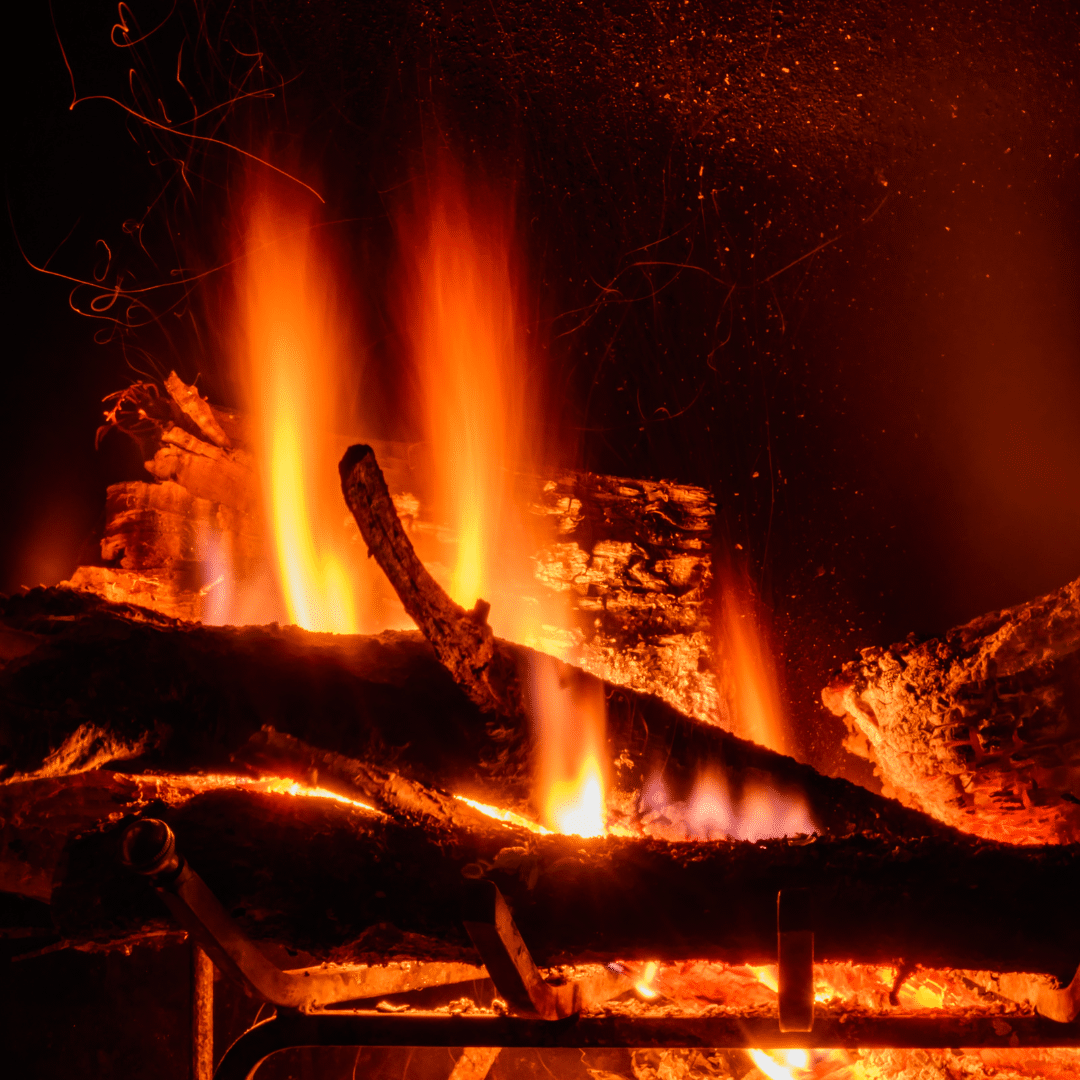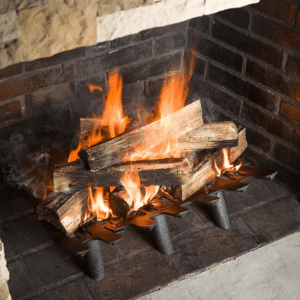Spending cold winter nights without a fireplace is something no one should have to experience. Storing firewood is a common enough practice among those who have chimneys and fireplaces. But the question is where and how to store it?
Here are a few tips for storing firewood:
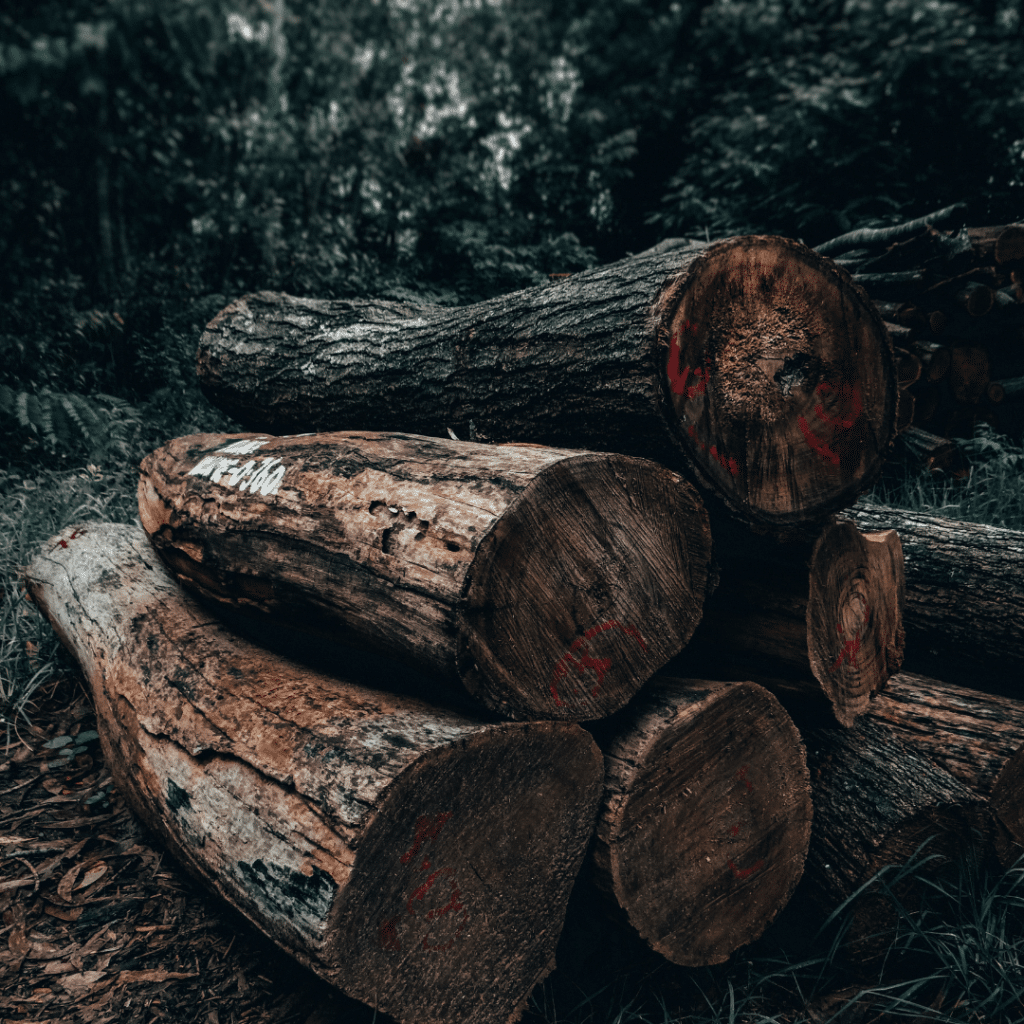
Keep a Safe Distance
Make sure the stack is nowhere near your main house or any important structure. That way, you are preventing a potential fire hazard. Make sure the pile is at least 5 feet away from your main living space. Keeping a safe distance between the firewood storage and your home also reduces the chances of pests entering your home.
Check for Pests
Pests are the nemesis of wood. Termites, beetles, and carpenter ants are all possible insects that can infest your firewood stack. The smell of firewood is said to be attractive to pests, and that is why they eat through it. Make sure that pests aren’t breeding in your woodpile. Vinegar repels ants so you can always sprinkle some on the ground around it. Or spray the pile with an insecticide such as peppermint oil.
Keep The Wood as Dry as Possible
There are two reasons for this. First of all, if the wood isn’t dry and has excess moisture, then it might start to rot. While wet rot doesn’t spread as much as dry rot, moisture sure does spread, and wet rot follows wherever the timber is wet. Secondly, dry wood burns better. This is why it is common for greenwood or freshly cut wood to be allowed to mature for at least five months before it can be used as firewood.
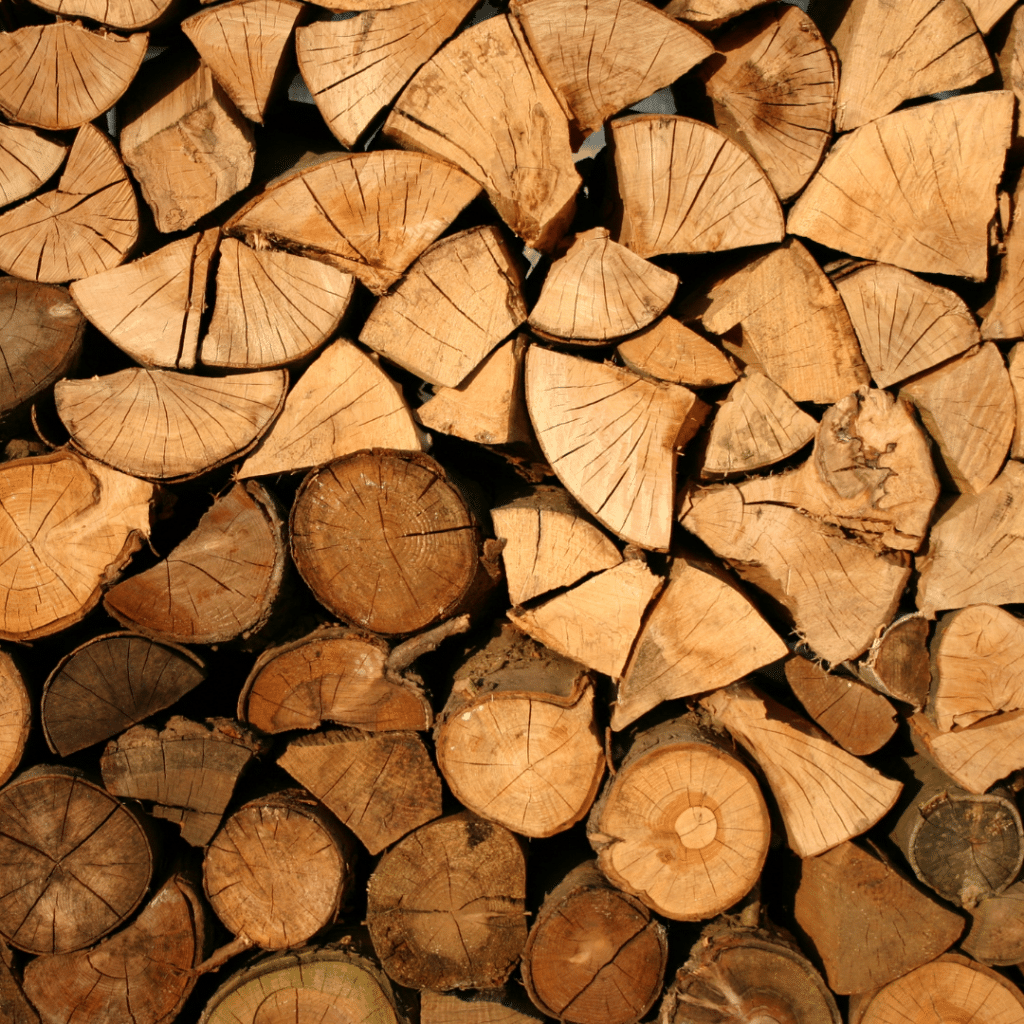
Tarping Your Firewood Isn’t Always the Best Solution
Covering your firewood stockpile is okay, as long as you are not sealing it completely. Tarping the firewood completely restricts the airflow, and if there is any trapped moisture, then the wood starts to rot before drying up. Therefore, tarping isn’t always recommended. If, however, you do intend to tarp, then just cover the top of the pile and leave the sides open.
Chop Your Wood Smaller
Smaller pieces of wood are definitely easier to handle as it is convenient to dry them. When chopping wood, spend a little more effort and chop up the wood into smaller pieces that directly fit your fireplace. That way, you can save time later. Smaller pieces also dry up faster as there is a lesser surface area for the moisture to cling to.
Don’t Dry Your Wood During the Winter
Strictly speaking, it’s not impossible, but it does take longer for the wood to dry during winter. So just dry your woodpile during spring or summer to avoid any contact between moisture and the wood.
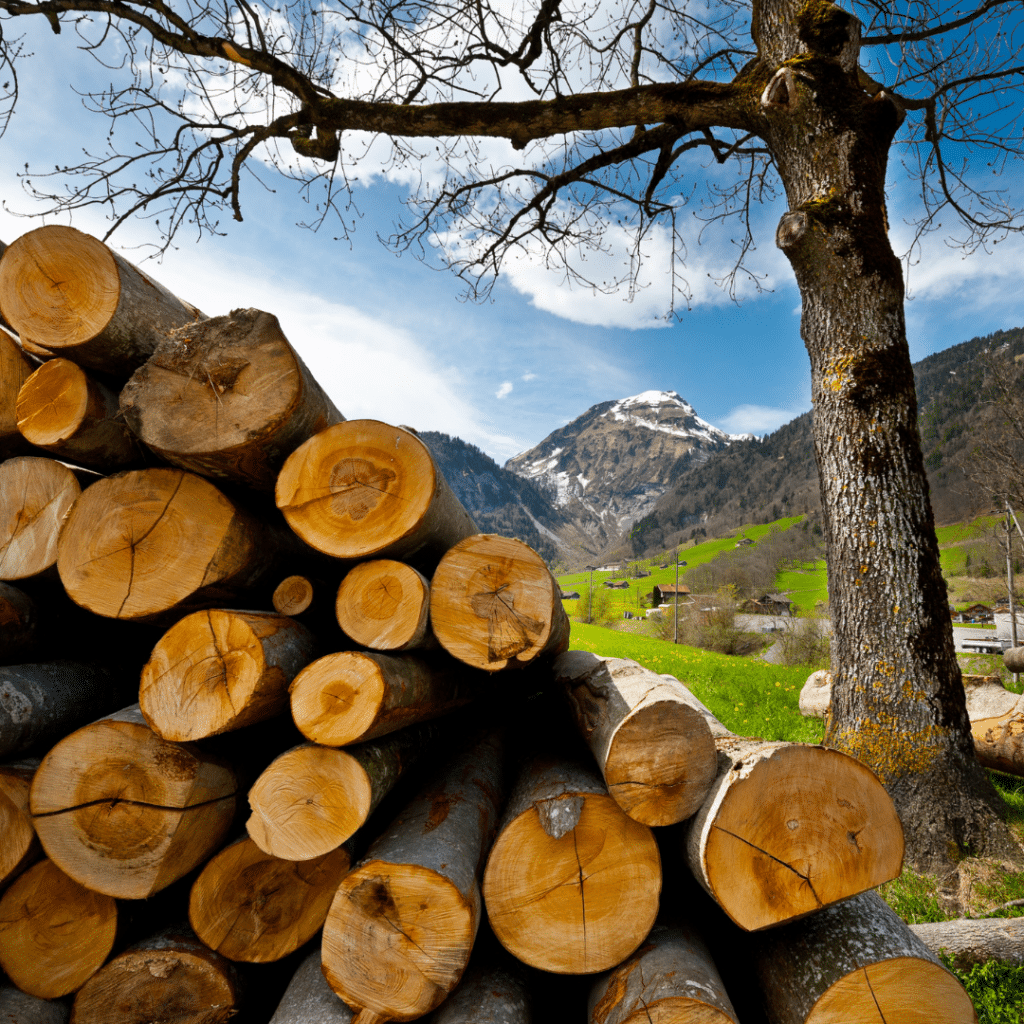
The bottom line is – to keep your firewood away from any kind of moisture to avoid damage. It is always advisable to store firewood outdoors to avoid fire hazards and pests entering your living space from the woodpile. However, if you do end up storing it indoors, then you just have to be extra vigilant. That is all.

